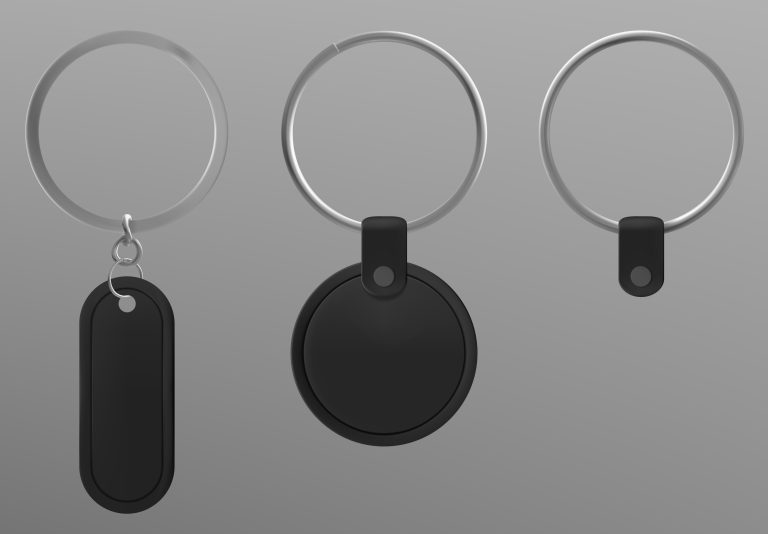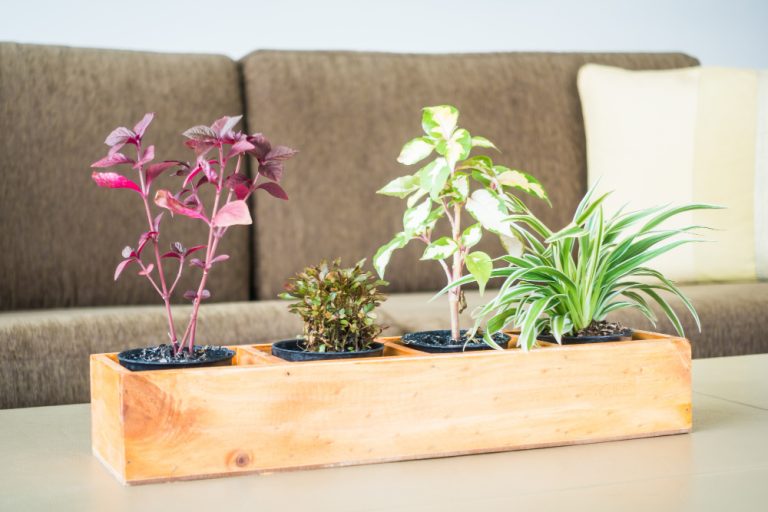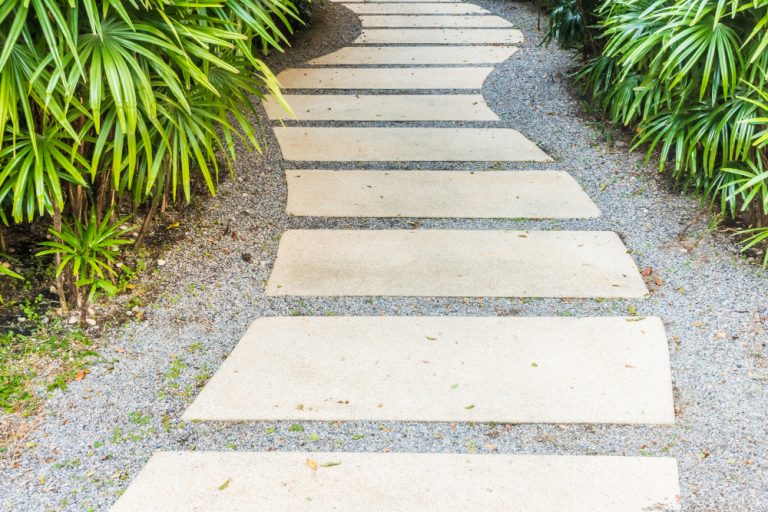A journal can be more than a place to record thoughts; it can serve as a tool for deepening awareness of the natural world. An ecoliteracy journal helps cultivate curiosity, reflection, and action around sustainability. Through simple yet creative DIY ideas, anyone can design a journal that captures observations of nature, personal eco-goals, and reflections on daily choices that affect the planet.
Imagine filling pages with sketches of local plants, lists of sustainable swaps, or reflections on community green initiatives. Each entry not only documents experiences but also strengthens the bond between personal lifestyle choices and environmental well-being. Journaling in this way turns abstract concepts like conservation, biodiversity, and renewable energy into lived practices that feel relevant and personal.
Crafting an ecoliteracy journal also sparks creativity. Repurposed materials, hand-drawn illustrations, and thoughtful prompts add character while reinforcing sustainable habits. A page might feature a weekly “eco-challenge,” while another could track progress toward reducing waste or conserving water. Over time, the journal becomes both a record of growth and a resource filled with practical ideas for sustainable living.
Starting this journey requires only curiosity, basic supplies, and a willingness to engage with the world around you in a more intentional and meaningful way.
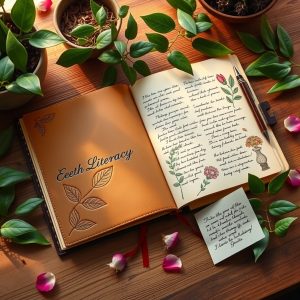
Eco Journals That Inspire: DIY Ecoliteracy Journal Ideas
Learning about nature feels easier when you write it down. A journal helps you see, record, and reflect. It also helps you understand the world around you. Ecoliteracy means knowing how natural systems work and why they matter. A DIY journal can make this learning fun and personal.
This guide gives you ten detailed ideas for your ecoliteracy journal. Each idea focuses on nature, care for the planet, and awareness of daily choices.
Nature Observation Pages
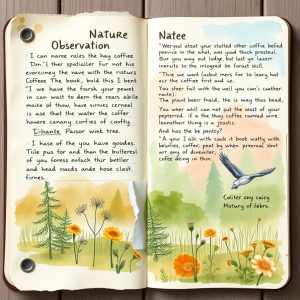
Start by drawing or writing about what you see outside. A bird on a wire. A tree with new leaves. The smell of wet soil after rain. Use short notes, quick sketches, or pressed leaves. These small records help you notice the details of nature.
You can choose a daily or weekly schedule. Write the date and location on each page. Add simple words to describe what you see, hear, or smell. Even short notes capture a special moment. Over time, these pages show how nature changes with the seasons.
Seasonal Change Tracker
![]()
Divide your journal into four parts: spring, summer, fall, and winter. Write what you see in each season. Flowers in spring. Hot days in summer. Falling leaves in autumn. Quiet trees in winter.
Make small drawings or tables for each season. Record the temperature, daylight hours, and weather patterns. This helps you learn the rhythm of nature. It also shows how the same place looks different through the year.
Eco Quotes and Reflections
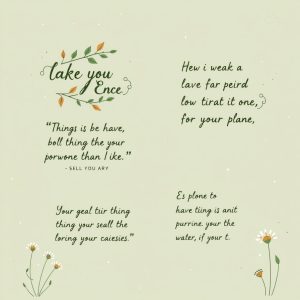
Use your journal to collect short quotes about nature, plants, or the earth. Add a reflection under each quote. Write how it makes you feel. Or explain how it connects to your life.
For example, you might copy a quote from Rachel Carson, Wangari Maathai, or Chief Seattle. Then write a few lines about why it matters. This practice connects words to your own experience. It helps you link wisdom to action.
Waste Diary

Set a section in your journal for waste tracking. Write what you throw away each day. Note how much is plastic, paper, or food. Draw small icons for each item.
After a week, look back at your notes. Ask yourself simple questions. Can I reduce this waste? Can I recycle more? Can I use less packaging? Writing these answers helps you build new habits. Small actions lead to big changes over time.
Plant Growth Journal
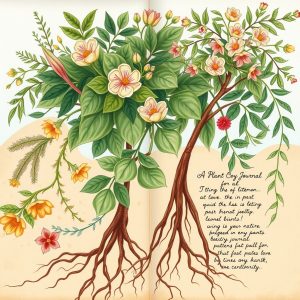
Plants teach patience and care. Dedicate pages to a plant you grow at home, in your garden, or at school. Write down the date when you plant the seed. Draw or take notes on each stage. Record size, color, and number of leaves.
Add sketches to show progress. If the plant blooms or gives fruit, mark that as a milestone. This journal helps you connect with the cycle of life. It also shows how your attention and care support growth.
Water Awareness Log
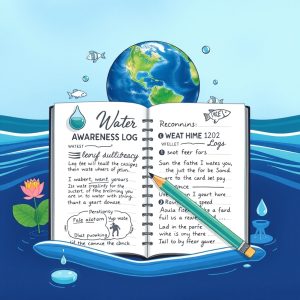
Water is life. Use your journal to record how much water you use daily. Write about drinking water, washing, cleaning, or gardening. Add reflections on ways to save water.
You can also use the log to study local water bodies. Visit a river, pond, or lake. Write about its color, smell, and health. Compare your notes on different days. This habit builds respect for the value of clean water.
Eco Art Pages
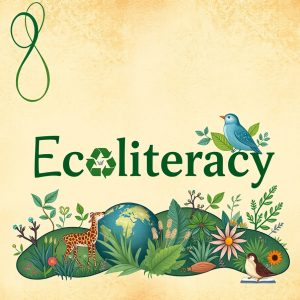
Art makes your journal bright and alive. Create pages with recycled paper, natural colors, or handmade paints. Use leaves, twigs, or petals to design patterns.
Draw landscapes or small creatures you see in nature. Write a short poem next to your drawing. Combine words and images. These creative pages turn your journal into a personal eco-art book.
Food and Nature Connection

Write about the food you eat. Where does it come from? How is it grown? Was it local or shipped from far away? Record meals that use seasonal or local food. Add notes about the taste and freshness.
You can even collect recipes that use natural ingredients. Write how they connect to your culture or family. Food is a daily link between people and the earth. Journaling about it helps you see the bond more clearly.
Carbon Footprint Tracker
![]()
Create a page to record your daily choices. How did you travel today? Did you walk, bike, or drive? How much energy did you use at home? Did you leave lights on?
Make a simple table or chart. Add marks for each activity. At the end of the week, review your pages. Think of one small change for the next week. Simple notes like these make you aware of your personal impact.
Gratitude for Nature

Write one thing you feel grateful for each day. Clean air. Shade under a tree. Fresh fruit. Rain on a hot day. These small notes remind you of nature’s gifts.
Add drawings or short stories to make the page more alive. Over time, this practice builds a positive mindset. It helps you see that nature is not just around you, but part of your daily life.
FAQs
What is an ecoliteracy journal?
It is a notebook where you write, draw, or record thoughts about nature, the environment, and daily eco actions.
Why should I keep one?
It helps you notice the world around you. It builds awareness and respect for nature. It also supports learning through reflection.
Do I need art skills to make one?
No. Simple drawings, short notes, or even symbols work well. The goal is to express, not to make perfect art.
How often should I write?
You can write daily, weekly, or whenever you notice something new. Consistency is more important than perfection.
Can children use ecoliteracy journals?
Yes. Children can draw, paste leaves, or write short notes. It helps them connect with nature early in life.
What materials do I need?
Any notebook works. You can also use recycled paper, pens, pencils, and natural colors if you like.
Can a digital journal work?
Yes. Apps or online journals can record eco notes. But a handmade one often feels more personal.
What do I do with finished journals?
Keep them to reflect on your growth. Or share them with friends, family, or a teacher.
Is it only for students?
No. Anyone who cares for the earth can use one. Adults and children both learn from this habit.
Can a journal really change habits?
Yes. Writing makes you more aware. Awareness often leads to better choices in daily life.
Conclusion
A DIY ecoliteracy journal is more than a notebook. It is a mirror of your journey with nature. Each page shows awareness, respect, and connection. Through observation, art, and reflection, you grow closer to the earth.
Start with one idea. Add more as you go. Each note, each drawing, each thought creates a story of care. Over time, your journal becomes proof of your bond with the world.


